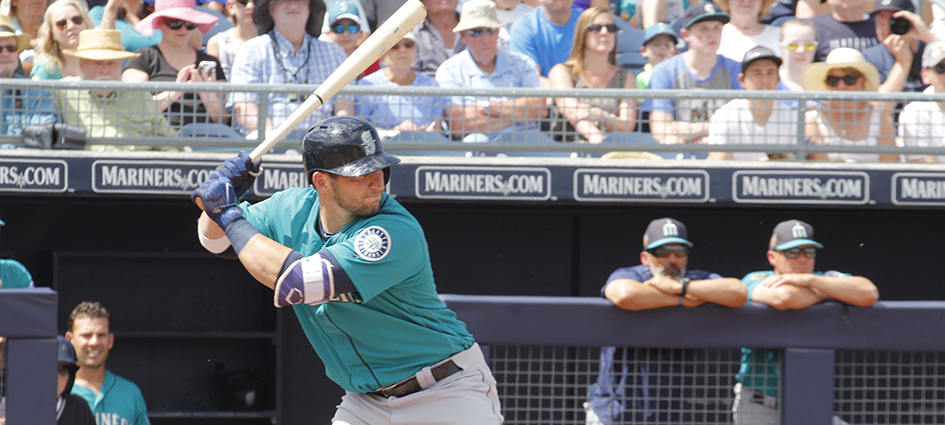Talent identification

How Seattle Mariners classify and “cross check” baseball talent
- The Boot Room
- 13 November 2019
Joe Bohringer, assistant general manager of the Seattle Mariners baseball team, spoke to candidates on the 2019/20 UEFA Pro Licence course about the Major League side’s framework for discussing talent.
Given the size and scale of the Seattle Mariners’ scouting operation, having a consistent approach to discussing baseball players is crucial, says Joe Bohringer, assistant general manager of the Major League side. With scouts working across the globe and watching players aged 12 through to senior, the Mariners have developed a classification system to ensure all those involved are “speaking the same language”.
“What we’ve said many times, is that if we have ten different scouts, we want ten different opinions - that’s what we pay for,” explains Bohringer.
“But what we don’t want is ten different rating scales, where each individual scout is going out and doing their own thing as far as how they’re classifying players,” he explains.

Bohringer, who shared the Mariners’ approach to classifying talent on the 2019/20 UEFA Pro Licence course, has worked with his staff to analyse the performance history of baseball players across the game. The result is a classification system which guides recruitment discussions.
“The first thing that we’ve done is try to come up with a defined system, so that we’re speaking the same language when we do get in the room and try to figure out the players.
“We let the player pool tell us: ‘this is what the regular player does, this is what the all-star player does, this is what the role player does.’ Then we came up with some broad classifications of what those players do.
“This allowed us to create an overall ranking that tells us: is this player going to be a franchise player, an all-star player, an above average or core regular, or a contributing regular. So, we came up with definitions that worked for us based on what the players did.”
The next step for Bohringer and his team was to look at the individual skills required for each role.
“For instance, for position players we expect them to do five things: hit for average, hit for power, run, field and throw.
“Within each of those ‘tools’ we looked at: what does an average runner do, what does an above average runner do, what does a below average runner do – we did that for each of our tools and skills. It gave us a baseline to come back to.”

Bohringer believes that having a consistency of language within the talent discussion is a positive step forward. To support this, a number of ‘cross-checkers’ are employed to ensure the process works in practice.
“We have a number of people who act as ‘cross-checkers’ - I would qualify as one of those. I might travel all over the world and help compare players.
“So, if we have a Major League free agent currently playing here in the US and we also have a free agent that’s in Japan, we’ll have our individual scouts that will filter them in those arenas. Then I might go and see the player here in the US and then fly over and see the player in Japan.
“I’m responsible for actually comparing apples to apples or trying to create an apples to apples comparison, so that we can figure out which player best fits for us.”
The FA Talent ID Conference is taking place on the 28th November at St. George’s Park. To learn more about this year’s theme, disruptive thinking in talent identification, follow @StGeorgesPark on Twitter and look for the hashtag #TalentID2019.
Joe Bohringer was speaking to candidates on the 2019/20 UEFA Pro Licence course. The purpose of the discussion was to share recruitment best practice between US and Canadian sports and football. Learn more about the UEFA Pro Licence course here.
Article image courtesy of Keeton Gale.











